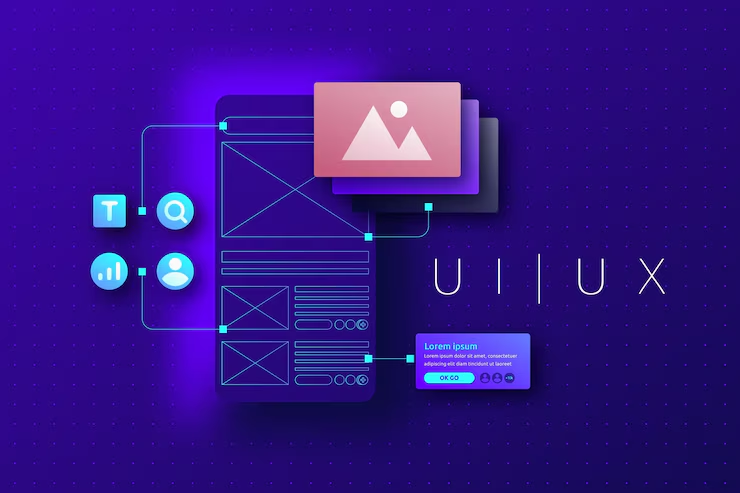How to Use Flutter WebView to Render WordPress Pages
How to Use Flutter WebView to Render WordPress Pages

When building a Flutter app connected to a WordPress website, there may be times when you want to display entire WordPress pages directly inside your app, instead of rebuilding everything in Flutter.
The quickest and most flexible way to do that is by using a WebView — a built-in browser window embedded within your app.
What is a WebView?
A WebView in Flutter is a widget that allows you to embed web content (like HTML pages or external websites) inside your app. Think of it as a mini-browser that lives inside your Flutter interface.
With the webview_flutter plugin, you can render any public WordPress page or post right within your mobile app.
Why Use WebView for WordPress Pages?
-
Leverage Existing Content: Display full WordPress pages (e.g., Terms, About, FAQs) without recreating them in Flutter.
-
No API Needed: Load public URLs without calling the REST API.
-
Keep Site Styling: WordPress themes and styles stay intact.
-
Embed External Plugins: Display plugin-based forms, maps, or features that aren’t easily replicated in Flutter.
-
Faster Development: Ideal for MVPs or quick-launch apps.
Typical Use Cases
-
Static Pages: Terms of Service, Privacy Policy, Contact Us
-
Newsletter Forms: Use embedded forms powered by WordPress plugins
-
Payment Pages: Show WooCommerce checkout or Stripe embed forms
-
Blog Article Viewer: View full articles with theme styling
-
Landing Pages: Reuse promotional content from your WordPress site
WebView Integration Flow (Conceptual)
-
Install the WebView Plugin
Use the officialwebview_flutterplugin to enable WebView support. -
Choose the WordPress Page URL
Select a public page you want to show, such as: -
Render It in WebView
Open that URL in a WebView widget inside a Flutter screen. -
Customize UI
Optionally add:-
App bar with title
-
Loading indicator while the page loads
-
Refresh button or back navigation
-
Pros of Using WebView
| Benefits | Description |
|---|---|
| No extra development | Reuse existing WordPress pages as-is |
| Keeps styling intact | No need to recreate themes in Flutter |
| Faster time to market | Ideal for MVPs or admin-heavy content |
| Plugin support | Display any plugin output (like contact forms) |
| Easy integration | Minimal coding needed |
Considerations and Limitations
-
Slower than native Flutter UI
-
Not ideal for complex interactivity
-
Limited offline access
-
No REST API control (unless embedded scripts handle it)
-
Requires internet to load pages unless cached



